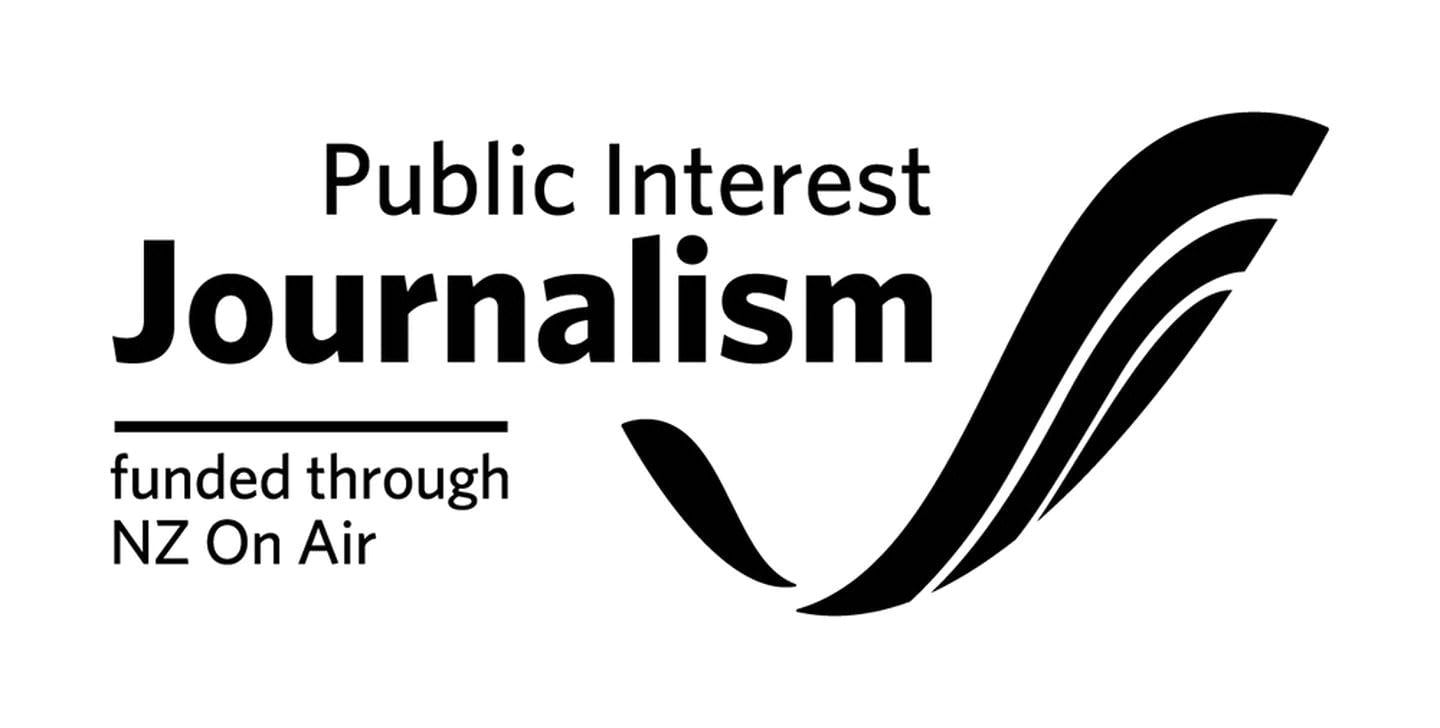Statistics measuring gender pay gaps show women in Aotearoa are effectively working for free from this afternoon until the end of the year while men are paid 365 days..
But the difference between the average earnings of men and women is continuing to narrow. The gap of 8.6 per cent in 2023 means women are paid for 333 days compared with 365 days for men in the same industry.
Year on year, New Zealand’s gender gap has decreased by 0.6 points, moving from 9.2% in 2022. While positive it has only decreased the pay gap by 52 hours and 32 minutes in real terms.
The inequality is wider again for women of colour, with the pay gap between all men and wāhine Māori, and between all men and Pasifika women sitting substantially higher at 14.3% and 15.2% respectively.
This equates to Wāhine Māori having been “working for free” from November 9 and Pasifika women from November 6.
Overall, the difference between men’s and women’s pay has halved since Stats NZ began recording the national gender gap in 1998.
“As a country we have come a long way in recognising the latent value of a diverse, equitable and inclusive workforce; however, the existence of the pay gap means more needs to be done,” Global Women chair Theresa Gattung says.
The gender pay gap compares the hourly earnings of women and men in full- and part-time work and refers to organisation-wide, industry-wide or economy-wide gender pay issue.
‘Significant effect on women’s lives’
Global Women, a collective of some of Aotearoa New Zealand’s most influential leaders advocating for equity and equality for women, is asking New Zealanders to reflect on the role they can play in closing the gender pay gap with its “Eight Percent Matters” campaign.
Although the annual figures point to New Zealand making progress in closing its gender pay gap, Gattung says the campaign is a reminder to New Zealand society that, although the pay gap figures may be seemingly small, they have a significant impact on women’s lives.
“The year-on-year figures show positive signs that our gender pay gaps are closing. However, we can’t become complacent, as the gap won’t continue to close without sustained, intentional action.
“We need to keep challenging ourselves to do better until there is no pay gap to talk about.”
In August, the previous Labour government proposed legislation requiring companies with more than 250 staff to publish an annual gender pay gap report with plans to widen the net to companies with 100 workers within four years. But it ran out of time to draft a bill before Parliament rose ahead of the election.
Then National spokesperson for women’s affairs, Nicola Grigg showed support for such a move at the time,
ACT leader and new Minister for Regulation David Seymour said it was more “red tape” and didn’t support the idea in August.



